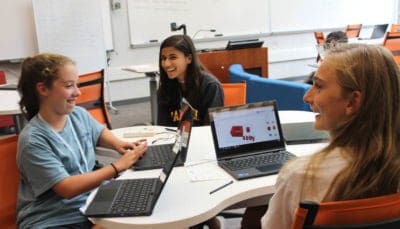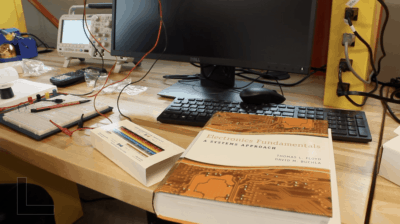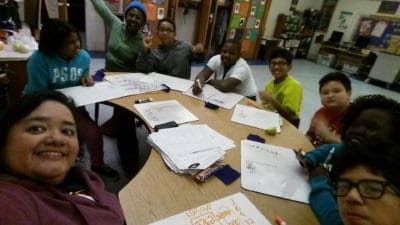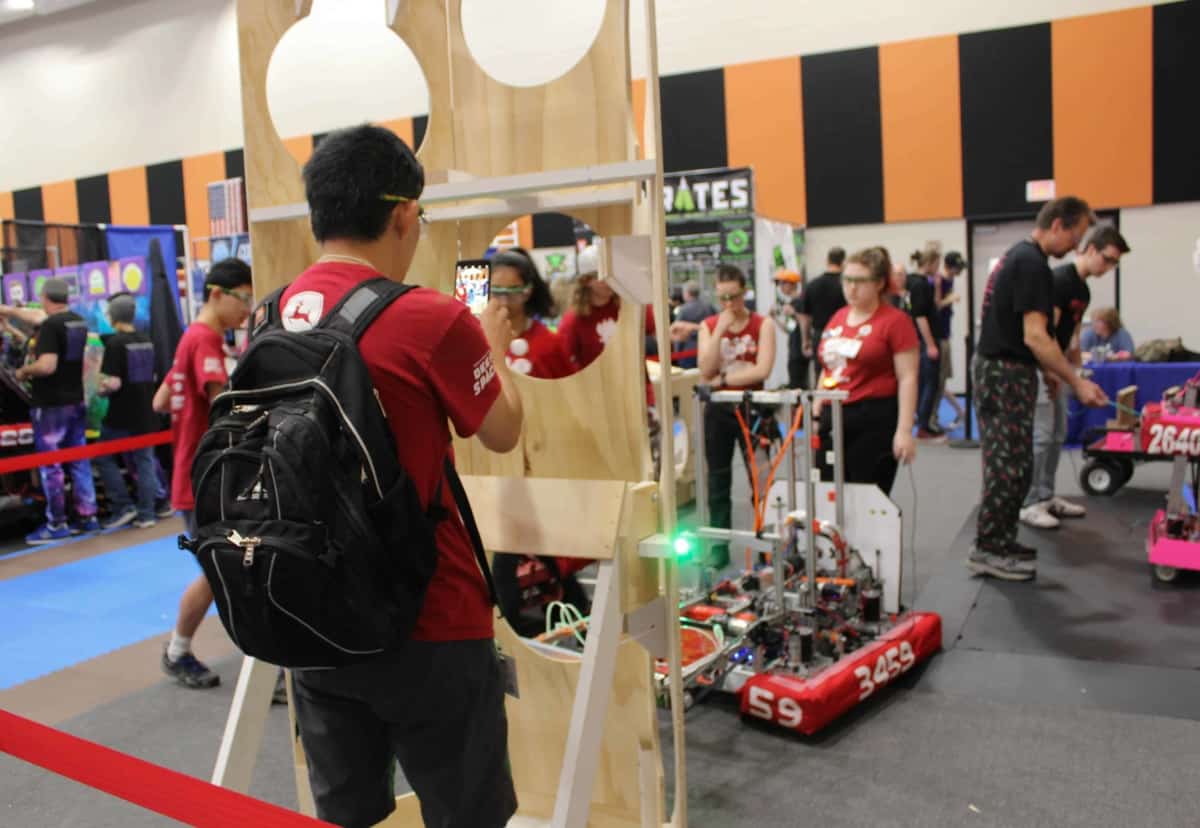Earlier this year, members of the House committee on K-12 education introduced House Bill 552, a bill focused on robotics programs in the state. The bill would establish an educational and competitive after-school robotics grant program, require the State Board of Education to adopt rules for competitive robotics, and permit excused absences for competitive robotics events.
The bill proposed more than $1.6 million in recurring funds to support the grant program, and while the bill had bipartisan support, it isn’t currently under consideration in this session’s two-year spending bill.
“It’s hard to say what the chances are at this point in time because it didn’t make it into the budget,” said House Majority Whip Rep. Jon Hardister, R-Guilford, a primary sponsor of the bill. “I think the reason why it didn’t make the cut this time is because we were a little bit late in the process.”
Hardister added that it was still possible to get the bill passed this year, and he was aiming for that outcome. But, failing that, he said he was confident in getting legislation on the issue passed next year.
The bill remains a long-term priority because it would allow robotics to flourish in the state, Hardister said. He said he thinks other legislators understand how important robotics is for education, jobs, and economic development.
“I personally feel, and I think it’s fairly well-shared, that there’s almost nothing that’s going on in the field of education that has sparked an interest across all grade levels, all socio-economic levels, all cultures as has robotics,” said Rep. Craig Horn, R-Union, another sponsor on the bill. “It’s a great teaching tool, and I think it’s critical to our future success.”
Other states, like Michigan, Florida, Oklahoma, Texas, New Hampshire, and Wisconsin have jumped on board with funding schools for FIRST (For Inspiration and Recognition of Science and Technology) competitive robotics teams. (More information on state-funded robotics programs here.)
“Almost every single high school in Michigan currently has a robotics team thanks to such really significant government support,” said Marie Hopper, president of FIRST North Carolina. “When other states step up and really support this, they’re finding that they have a lot more students entering the workforce and that companies are coming into their states because they know they’ve got that workforce pipeline.”
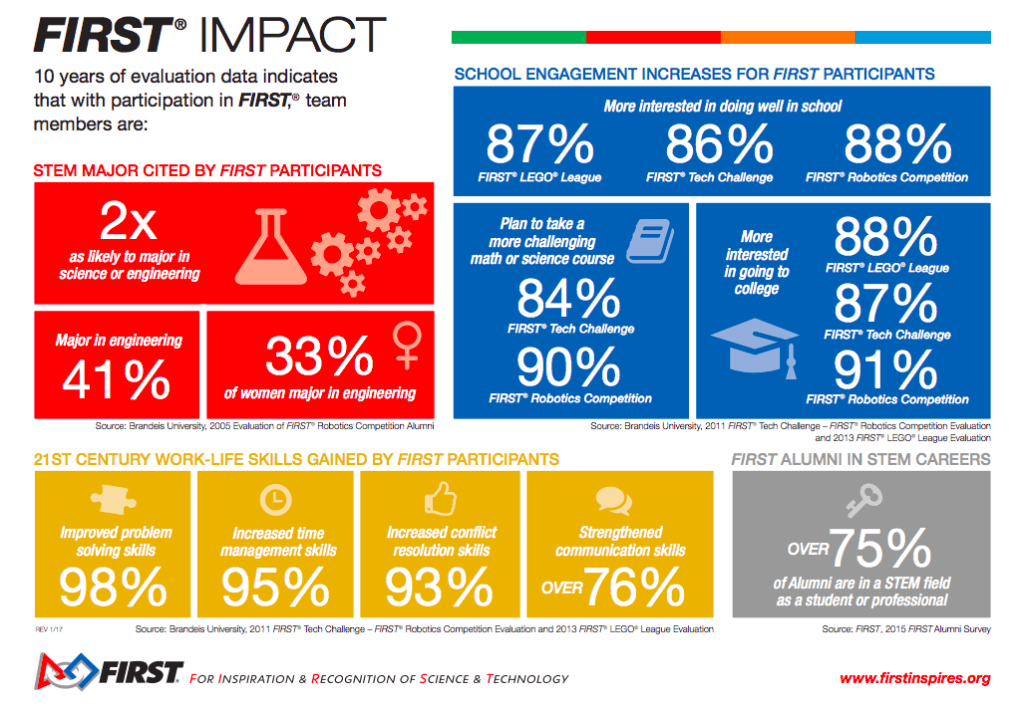
Michael Wenig — a long-time mentor of The Flying Platypi (FRC 2655), a competitive community-based robotics team in Greensboro — said he sees students on the team also gain soft skills like project management, time management, and how to get along with their fellow teammates.
“We have students on our team who’ve gotten business degrees because they were involved in the operation of the team, and it runs like a small business,” Wenig said, pointing to abilities gained beyond the technical skills of robot operation.
While community-based teams like the one Wenig mentors would be excluded from robotics grants provided by HB 552 (because they would go toward public schools), community-based teams have expressed support of the bill.
“We’d love for other teams to succeed. We want that really badly,” said George Peterson, a mentor to Girls on Fire (FRC 5679) — an all-girls, community-based team in Winston-Salem. “And so any situation in which there can be another team, or a team that we know and love gets the funding and is able to keep going when they wouldn’t otherwise, that would all be huge for us.”
Peterson also serves as Executive Director of Mounts Robotics Center, a facility that provides space for students to build robots. Peterson said that the facility’s long-term goal is to have six FRC teams in the Winston-Salem area within the next couple of years.
“That’s a big ask, especially when it comes to schools not having enough funding,” Peterson said. “Anything that increases the level of funding and also the level of support, especially from the state government, I mean that’s a really big deal.”
FIRST North Carolina’s vision remains statewide. Hopper said the organization’s goal is to have a FIRST robotics team in all 100 counties. Right now, she said the state has registered teams in 39 counties at the high school level, 56 counties at the middle school level, and 33 counties at the elementary school level.
“Our goal is to make it so that robotics is just as common as basketball,” Hopper said. “Every single high school that is built has a basketball court built in it. You can’t find a high school that doesn’t have a basketball court. And we want to make sure that every single high school that gets built in the future also has a robotics lab and has access to robotics competitions, just like basketball.”
Editor’s note: This article has been updated to correct the spelling of Mounts Robotics Center.
Interested in more STEM education news? Sign up for our STEM newsletter here.
Recommended reading
